
Todd Saunders (1969) is one of the most important contemporary Canadian architects working internationally. His architecture, simple yet powerful, incorporates elements of his country’s architectural identity – including the use of wood and carefully picked Modernist influences – bringing it at the same time into the 21st century with excellent execution, carefully chosen materials and a hands-on approach.
Saunders, who has lived and worked in Bergen, Norway for the past 25 years, has successfully executed work in both Canada, Norway, USA, Sweden, and Finland, creating architecture with a strong sense of northern identity, an individual approach that is informed by the strength of natural landscape.
Saunders studied at the Nova Scotia College of Art and Design in Halifax and McGill University in Montreal. In 2016 Saunders was given an honorary Doctor of Fine Arts from Nova Scotia College of Art and Design. He continues to combine teaching with practice. He has lectured in over 20 countries. He has been a visiting professor at Cornell University in New York. He will be a guest professor at Yale University during the fall of 2021.
Saunders’ projects have been presented in magazines and newspapers in over 40 countries, and are featured in over 100 books from 15 different countries.
In December 2012, the Swiss Publishing House Birkhäuser published a book on the architecture of Todd Saunders, written by Jonathan Bell and Ellie Stathaki, the editors of Wallpaper Magazine in London.
In the fall of 2021, the British publisher Thames & Hudson is publishing a new book on selected residential projects by Todd Saunders, written by Dominic Bradbury, freelance writer for The Financial Times, The Times and several other magazines and newspapers internationally .
In 2020 Todd Saunders was inducted into the Royal Canadian Academy of Arts. Saunders was ranked one of Norway’s 10 best architects by the magazine Bo Bedre in 2009, and was placed number 52 among the 100 best architects in the world by the German magazine BauNetz in 2012. Saunders was also ranked among the five top architects in the world under 50 by the Huffington Post in 2011.
His most renowned project, The Fogo Island Inn on Fogo Island, Canada, har won several awards. In 2020, the Fogo Island Inn’s dining hall, The Fogo Island Shed, won both the World Architecture News Award and the Gray Award.
Worth mentioning is the Travel + Leisure Global Vision Award – Culture in 2013, Architizer A+ Awards Jury Winner in 2016, and being ranked the #1 hotel in Canada and #3 hotel in the world 2020 by Travel + Leisure World’s Best Awards.
In 2011, the project Fogo Island Studios in Canada won the HISE Award for Sustainable Excellence as well as the AZ Award for Best Commercial Project, and the Solberg Tower and Park was awarded the Arnstein Arneberg Award for Outstanding Architecture.
In October 2006, the Norwegian Association of Architects nominated the Aurland Lookout for the Mies van der Rohe Prize; The European Union prize for contemporary architecture. In 2006, this project won the Norwegian Construction Prize, was given an honourable mention at the AR Awards for Emerging Architects in London, and was nominated for Wallpaper magazine’s ʻBest Public Projectʼ in 2007.
In the fall of 2005 Saunders was a part of an exhibition entitled 20 under 40: Young Norwegian Architecture hosted by the Norwegian Architecture Association.
Saunders is now focusing on creating community based architecture and art together with philanthropist in order to instigate change. The studio is in the process of completing a visitor centre in Katahdin National park together with The Elliotsville Foundation. Previous projects with philanthropists have included all the Fogo Island project with the Shorefast Foundation and the Illusuak Cultural Centre in Labrador with the Nunatsiavut. What matters for Saunders now is to create architecture and art that gives back to communities.














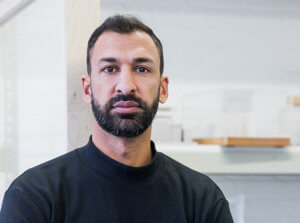






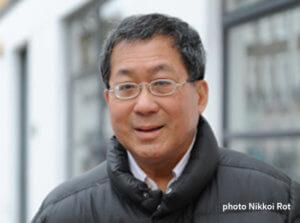









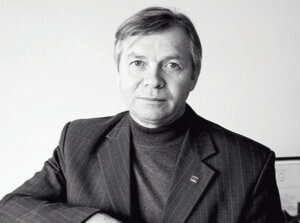
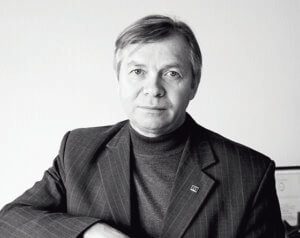
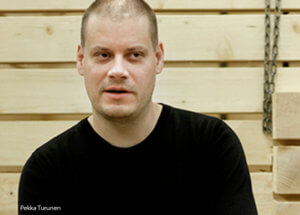




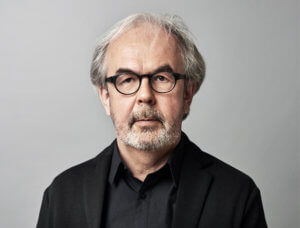


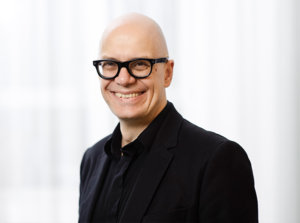







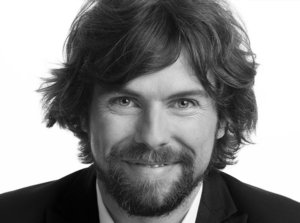




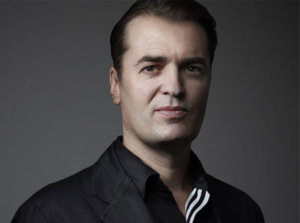





 Хетил Траэдаль Торсен (Kjetil Trædal Thorsen) – родился в Норвегии. Закончил университет Граца, Австрия. По образованию – инженер-архитектор. Уже в 1985 году выступил соучредителем первой норвежской архитектурной галереи – Gallery ROM.
Хетил Траэдаль Торсен (Kjetil Trædal Thorsen) – родился в Норвегии. Закончил университет Граца, Австрия. По образованию – инженер-архитектор. Уже в 1985 году выступил соучредителем первой норвежской архитектурной галереи – Gallery ROM.








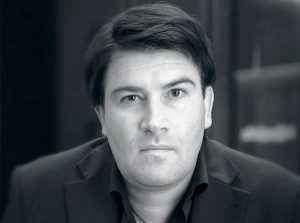

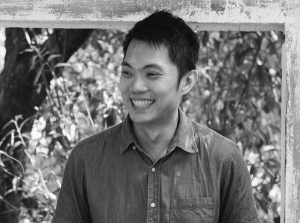






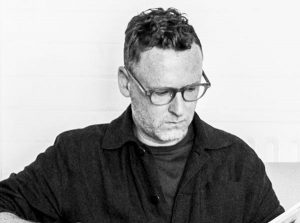



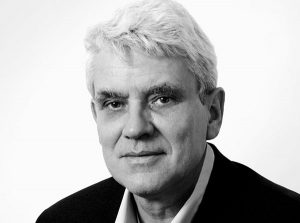



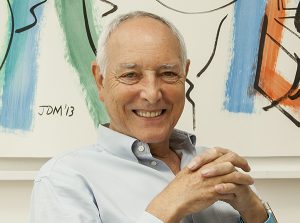


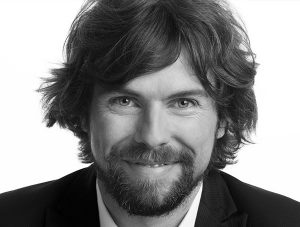




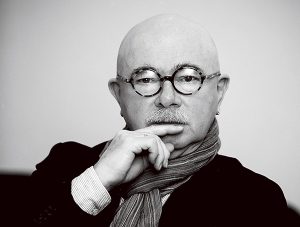

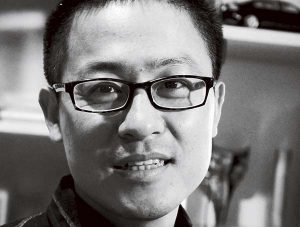


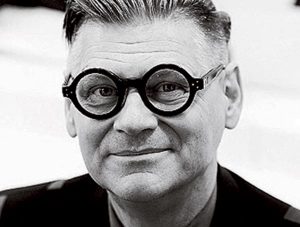
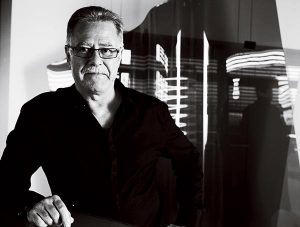


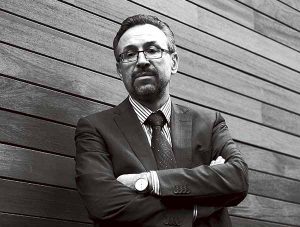

 Профессор, доктор технических наук, почётный доктор Вернер Зобек живёт и работает в Штутгарте и Чикаго как архитектор и консультант-инженер. Являясь продолжателем дела Фрая Отто и Йорга Шлайха, Вернер Зобек возглавляет Институт лёгких конструкций и концептуального дизайна в Штутгарте. С 2008 по 2014 годы работал в Иллинойском технологическом институте в Чикаго в звании Профессора Мисс ван дер Роэ. Помимо этого читает лекции во множестве университетов в Германии и мире, среди которых Грацский университет им. Карла и Франца (Австрия), Гарвардский университет (США), Сингапурский университет и другие.
Профессор, доктор технических наук, почётный доктор Вернер Зобек живёт и работает в Штутгарте и Чикаго как архитектор и консультант-инженер. Являясь продолжателем дела Фрая Отто и Йорга Шлайха, Вернер Зобек возглавляет Институт лёгких конструкций и концептуального дизайна в Штутгарте. С 2008 по 2014 годы работал в Иллинойском технологическом институте в Чикаго в звании Профессора Мисс ван дер Роэ. Помимо этого читает лекции во множестве университетов в Германии и мире, среди которых Грацский университет им. Карла и Франца (Австрия), Гарвардский университет (США), Сингапурский университет и другие.